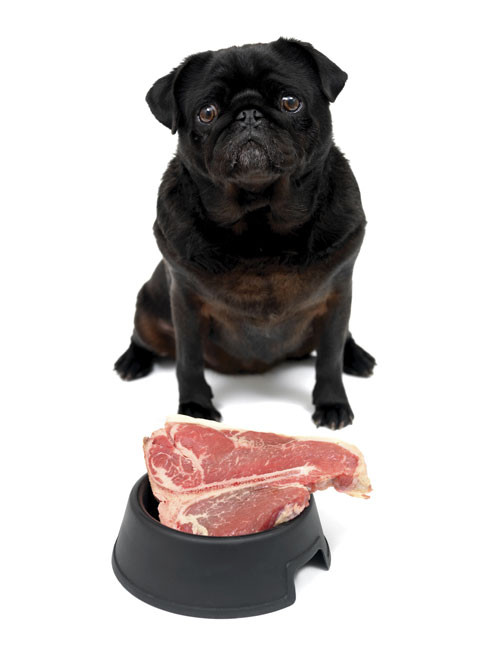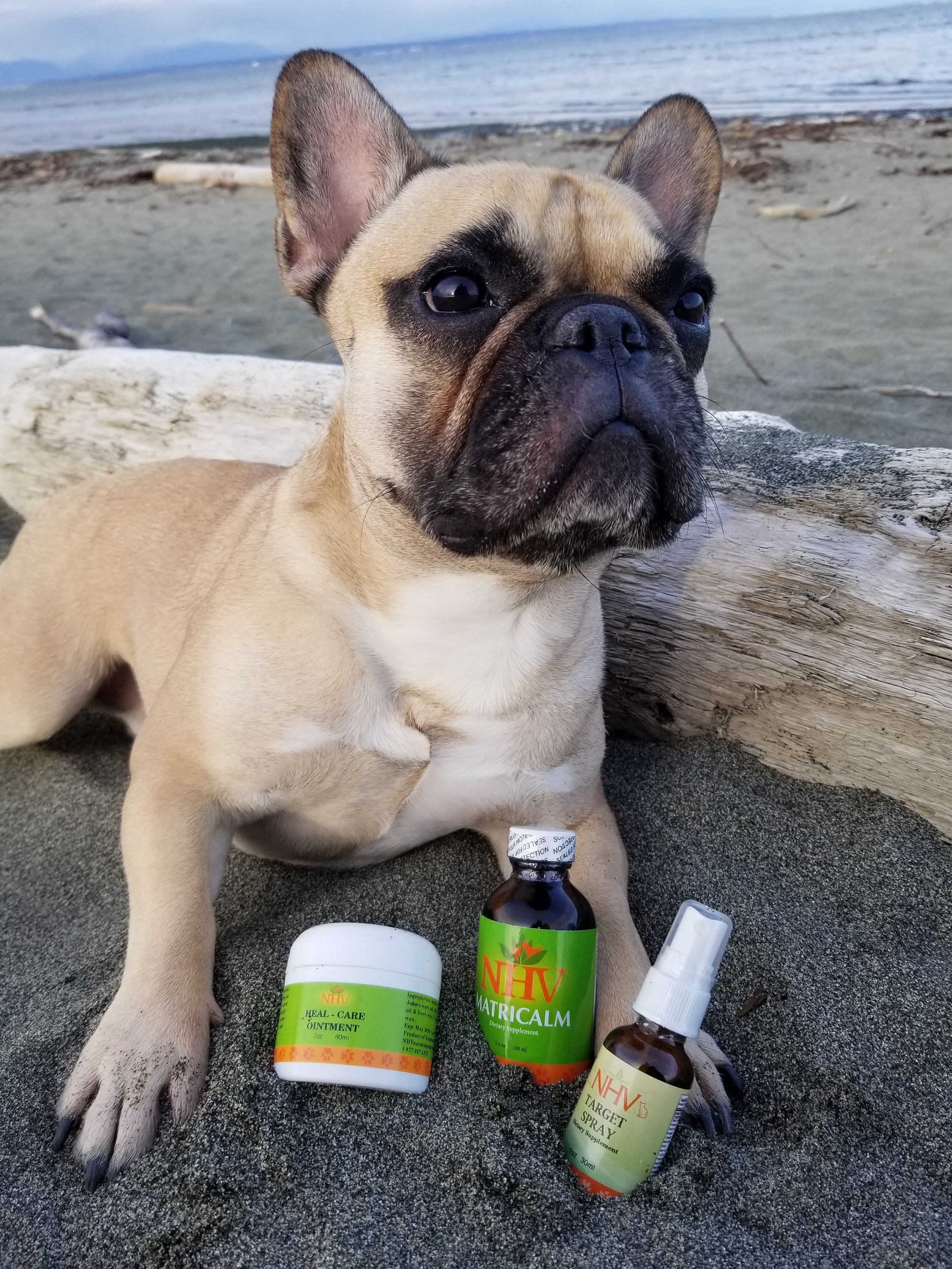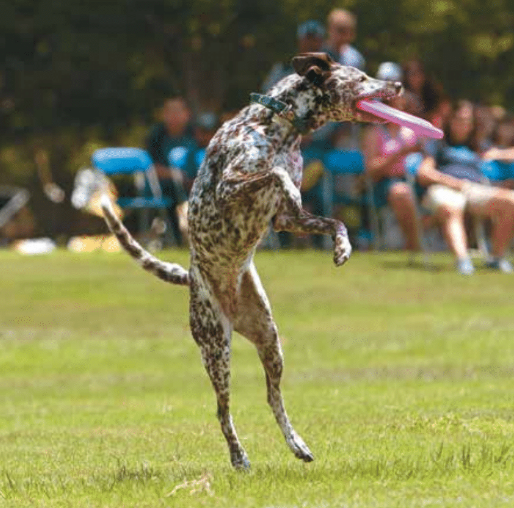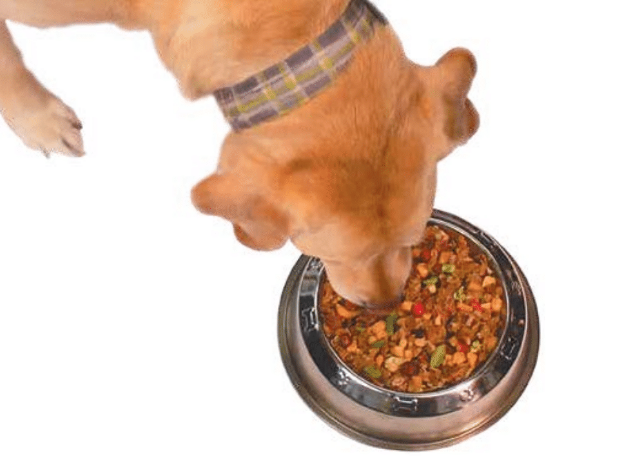In The Raw
Stacy Mantle //February 27, 2015//
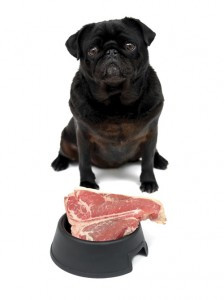 While stocking raw food in stores presents unique difficulties for retailers, those who choose to embrace the challenge have found wild success. According to Packaged Facts, sales of natural and organic pet products have experienced exponential growth in the U.S. since 2002. Even with the American Veterinary Medical Association (AVMA) condemning raw foods, sales of raw, dehydrated and freeze-dried diets have continued to climb.
While stocking raw food in stores presents unique difficulties for retailers, those who choose to embrace the challenge have found wild success. According to Packaged Facts, sales of natural and organic pet products have experienced exponential growth in the U.S. since 2002. Even with the American Veterinary Medical Association (AVMA) condemning raw foods, sales of raw, dehydrated and freeze-dried diets have continued to climb.
U.S. retail sales of natural pet products had been growing at double-digit rates since 2002 but sales leapt 43 percent during 2007, according to the Packaged Facts report “Natural, Organic and Eco-Friendly Pet Products in the U.S.” When the economy experienced a pinch in 2010, sales decreased along with it but they quickly regained their previous growth rate as the years progressed. By 2011, they had edged back into double-digit growth.
Health Benefits
The BARF (bones and raw food, or biologically appropriate raw food) diet comprises meaty bones, muscle meat, organs and raw fresh fruits and vegetables. Supporters of the diet say it mimics the eating habits of animals in their natural habitat but many prefer feeding it because it does not contain preservatives or other chemical enhancements.
“Eating these high-quality meats and poultry provide not only delicious but nutritious meals which aid in the overall health of our companion animals,” said Bette Schubert, co-founder of Bravo. “From a benefits perspective, raw-fed pets are receiving a high-quality, nutritious diet which can help prevent health problems and increase longevity, as well as provide better weight control and digestion, more energy, healthier skin, coats and teeth and less smelly stools.”
“We are excited to introduce a cutting edge alternative to conventional pet food that can really make a difference in pets’ lives,” said Liliana Bolton, vice president of natural sales for Freshpet. “We know we feel better when we eat fresher, less processed foods and our pets can benefit in the same way. We hear stories from pet parents every day about how feeding our fresh, real food has helped make their pets happier and healthier.”
“Scientists know that certain high antioxidant fruits and veggies neutralize cancer-causing free radicals in the blood of humans,” said Karen Rhoads of Evanger’s Dog and Cat Food Company, Inc. “This is a well-documented metabolic process and one that might work in canines as well. Oncological nutritionists now feel that less carbohydrates and more meat might assist in cancer recovery in dogs. There are no scientific studies yet that prove a direct correlation between less carbohydrates/more meat and cancer recovery but the low-carb trend is common knowledge in human cancer treatment and has carried over. Evanger’s recommends any of our made in the U.S.A. ultra-low carb/high-meat-content foods, including best sellers like Evanger’s Hunk of Beef, Whole Chicken Thighs, the Evanger’s Gold Chicken Dinner and Beef Dinner and 100% pure Game Meats like Duck, Rabbit and Pheasant.”
There’s no doubt that pets can benefit from a raw food diet but the possible inconvenience of such a diet is what can make it a hard sell in an age of immediate gratification. Raw food requires adequate freezer space, which can prove to be an added cost. On-time distribution to comply with shorter expiration dates can be challenging for retailers and distributors.
Consumers are also seeking out ways to more easily store and serve their pets’ food. Manufacturers have stepped up to the challenge and are now producing diets that afford ease of preparation and the reassurance that consumers are feeding their pets balanced diets.
Less Challenging Raw Diets
“The Honest Kitchen’s line of three base mixes (one with just vegetables, one vegetable and fruit recipe and a third made with vegetables, fruits and ancient grains) are a popular choice with raw feeders,” said Lucy Postins, company co-founder, CEO and former canine and equine nutritionist. “The base mixes, which contain a vitamin–mineral premix in addition to the whole-food produce ingredients, can be combined with the pet guardian’s own choice of raw meat or meaty bones (or cooked meat, for those who prefer to prepare home-cooked meals for their pets) to create a complete meal.”
“Our base mixes take care of the produce prep-work component, which is really the most time-consuming and laborious element of a homemade raw diet,” said Postins. “Our base mixes are just combined with water and then mixed with protein, which literally just takes three minutes!”
Other manufacturers have also embraced the challenge of easily prepared raw foods. Primal Pet Foods recently introduced a new, easier-to-feed type of raw food.
“Primal Pronto Formula is introducing a revolutionary way to feed raw foods to pets,” said Matt Koss, founder and president of Primal Pet Foods, Inc. “Small, bite-sized pieces make the frozen formula much easier to portion and it thaws in minutes, negating any reason to leave food out for long periods of time.”
Respecting the Source
Suppliers have become more conscientious about humanely raising animals and eliminating pesticides as consumers and manufacturers become more vigilant.
“Respect is fundamental to our business: respect for you, our customers, for your pets and for the animals and lands that provide the raw materials,” saidJustin Magnuson, regional sales director for Raw Bistro Pet Fare, Inc. “That’s why we source our ingredients from family farms who: embrace sustainable farming practices; raise and treat their animals humanely; never administer hormones or use feed that includes animal by-products, fillers or sub-therapeutic antibiotics; and process their meats with the utmost care.”
In the end, stocking freeze-dried, refrigerated or frozen raw diets can offer retailers a competitive advantage in a lucrative but crowded market.
